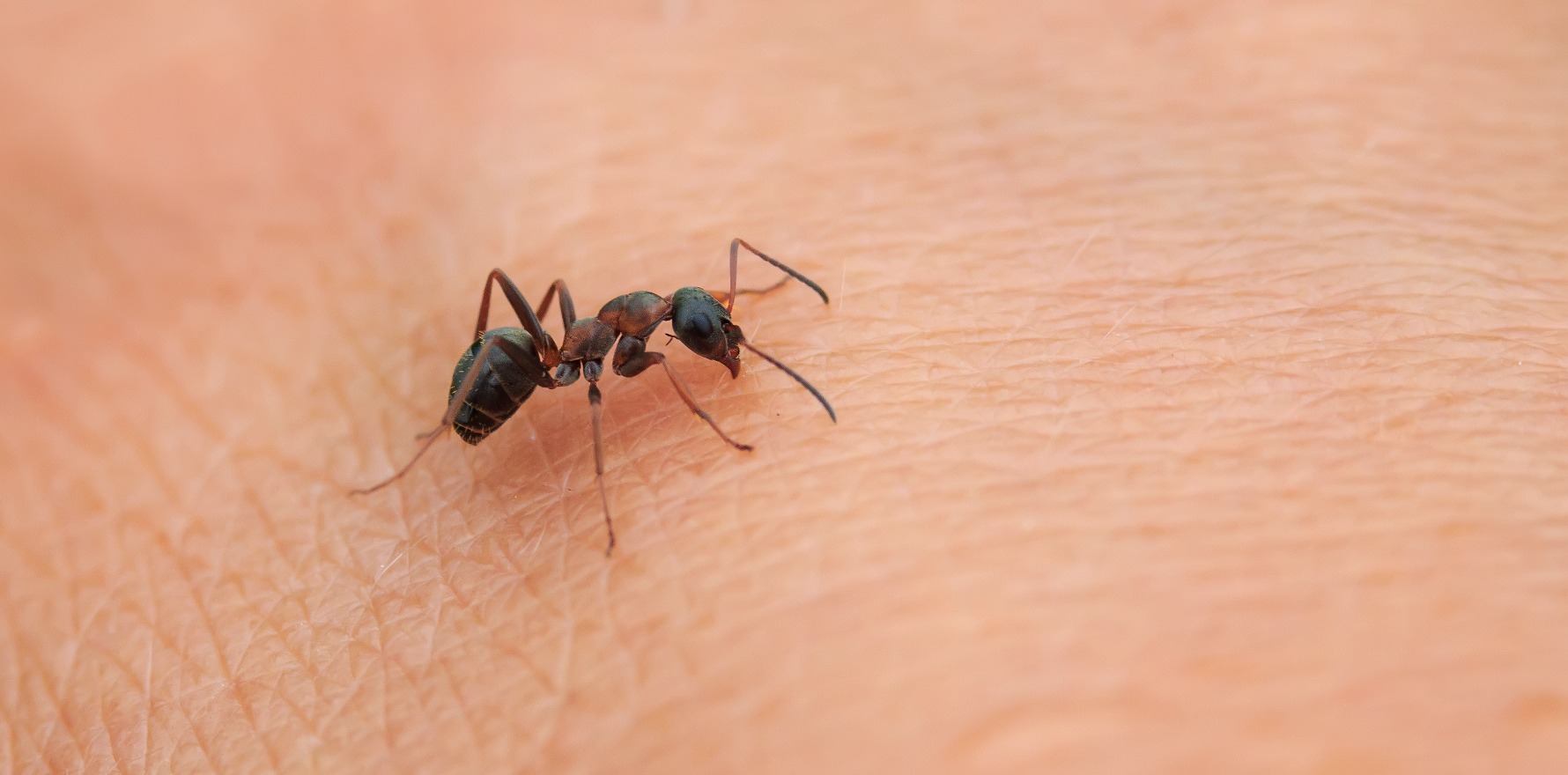Gabapentin and steroids help patients with the debilitating nerve condition brachioradial pruritus.
It feels like ants crawling under your skin and the burning, itching sensation around the outer elbow can be so severe that patients end up with a rash from constant scratching.
Despite the significant burden it puts on patients, there has been little research into brachioradial pruritus, a nerve disorder often misdiagnosed as a skin condition.
But new research suggests a combination of gabapentin and corticosteroid injections can reduce itching.
US researchers analysed patient data from 53 patients with the condition who visited an itch centre in the last decade. Only seven of these had an accurate diagnosis upon referral, despite years of symptoms.
Around half of these patients received gabapentin, and the researchers found that patients taking higher daily doses were more likely to get relief from their itch. Three in four patients who took an average dose of 1500mg per day felt benefits from the treatment.
In contrast, only half of the group taking an average dose of 1500mg per day or less found relief from itch, as measured by reduction in self-reported itch over the last 24 hours.
“Responding patients received a mean (range) dose of 1455 (300-3900)mg/d, compared with a mean (range) dose of 900 (100-2100)mg/d in non-responding patients,” the authors wrote.
“Thus, clinicians should consider uptitrating gabapentin to doses greater than that prescribed for other indications.”
Ten patients also received epidural corticosteroid injections, and two in three of those reported benefits.
Half of the patients who had steroid injections said that their itch was substantially lower a year later, with a drop of almost six points on the 10-point scale. In contrast, patients who only received medical treatment reported a drop of 3.3 points over the same period.
“Transforaminal corticosteroid injections were effective for brachioradial pruritus, including in cases lacking sufficient improvement from oral therapies,” the authors reported.
“Whether injectate reached the epidural space of affected spinal nerves appeared to be the most important variable in good clinical response. Similarly, the findings support the benefits of gabapentin.”
A key problem was that very few patients had a diagnosis of brachioradial pruritus when they were referred to the center, despite displaying classic symptoms, the authors wrote in the JAMA Dermatology research letter.
“It nearly always gets misdiagnosed, and these poor people go round and round and finally end up with a dermatologist because the rash is caused by the scratching. But they don’t actually have a rash, they have a sensation,” said Clinical Associate Professor Kurt Gebauer, a dermatologist at Fremantle Dermatology in Perth.
Brachioradial pruritus is caused by spinal conditions that compress the nerves to the arms, causing intense itching of the forearms and outer elbows. The sensation may sometimes spread to other areas of the body.
“They will say it feels like there are ants crawling under their skin, and they keep scratching it,” Professor Gebauer said.
“These people are miserable, and it wrecks their lives because there’s always the sensation of ants crawling.”
He said the condition was essentially “sciatica of the neck”, and often caused by neck damage from playing contact sport, or could be triggered by exposure to sunlight.
“It’s a fascinating condition, and often dermatologists are the only ones who pick it up,” he said.
Professor Gebauer said patients with brachioradial pruritus often made a characteristic chopping motion with their hand to define the area above and below the elbow joint where they have the sensation.
Other treatments included manipulation therapy and neck strengthening exercises, but they were not always effective.
“If manipulation therapy fails, refer patients to a pain specialist, radiologist or anaesthetist who specialises in nerve root injections,” said Professor Gebauer.
“They get to a dermatologist because they’ve been scratching and the GP thinks it’s a skin problem. Topical therapies don’t work, because you have to fix their necks.”


